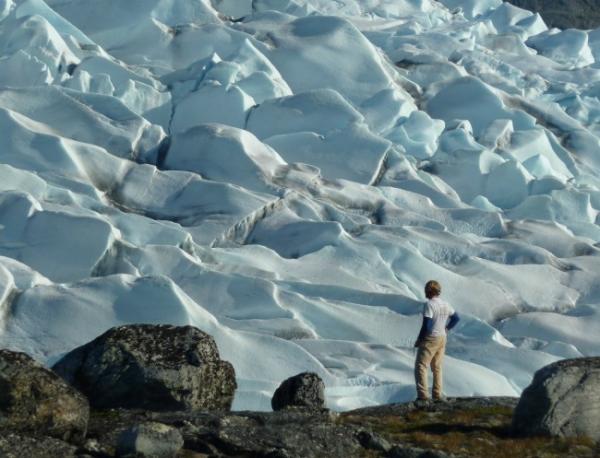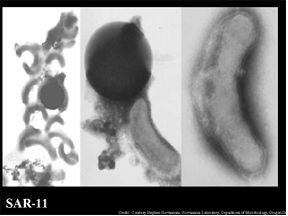
Some dogs were domesticated by at least 33,000 years ago, but these canines did not generate descendants that survived past the Ice Age, suggests a new PLoS ONE study.
The theory, based on analysis of a 33,000-year-old animal that may have been a partly domesticated dog, explains why the remains of possible prehistoric dogs date to such early periods, and yet all modern dogs appear to be descended from ancestors that lived at the end of the Ice Age 17,000-14,000 years ago.
The ancient animal identified as being a partly domesticated dog was found in Razboinichya Cave in the Altai Mountains of southern Siberia.
"The Razboinichya dog find demonstrates that the right wolf/human conditions suitable for getting domestication started were present at least 33,000 years ago," co-author Susan Crockford told Discovery News. "However, such conditions would have had to be present continuously -- stable -- for many wolf generations, perhaps 20 over about 40 years for the domestication process to generate a true dog."
"It appears that such stable conditions were not present until after the Ice Age, sometime after 19,000 years ago," added Crockford, a researcher at Pacific Identifications Inc. and author of the book Rhythms of Life. "Even after the Ice Age, domestication of wolves could have got started at several different times and places, and still failed because the conditions were not continuous enough for the changes to become permanent."










